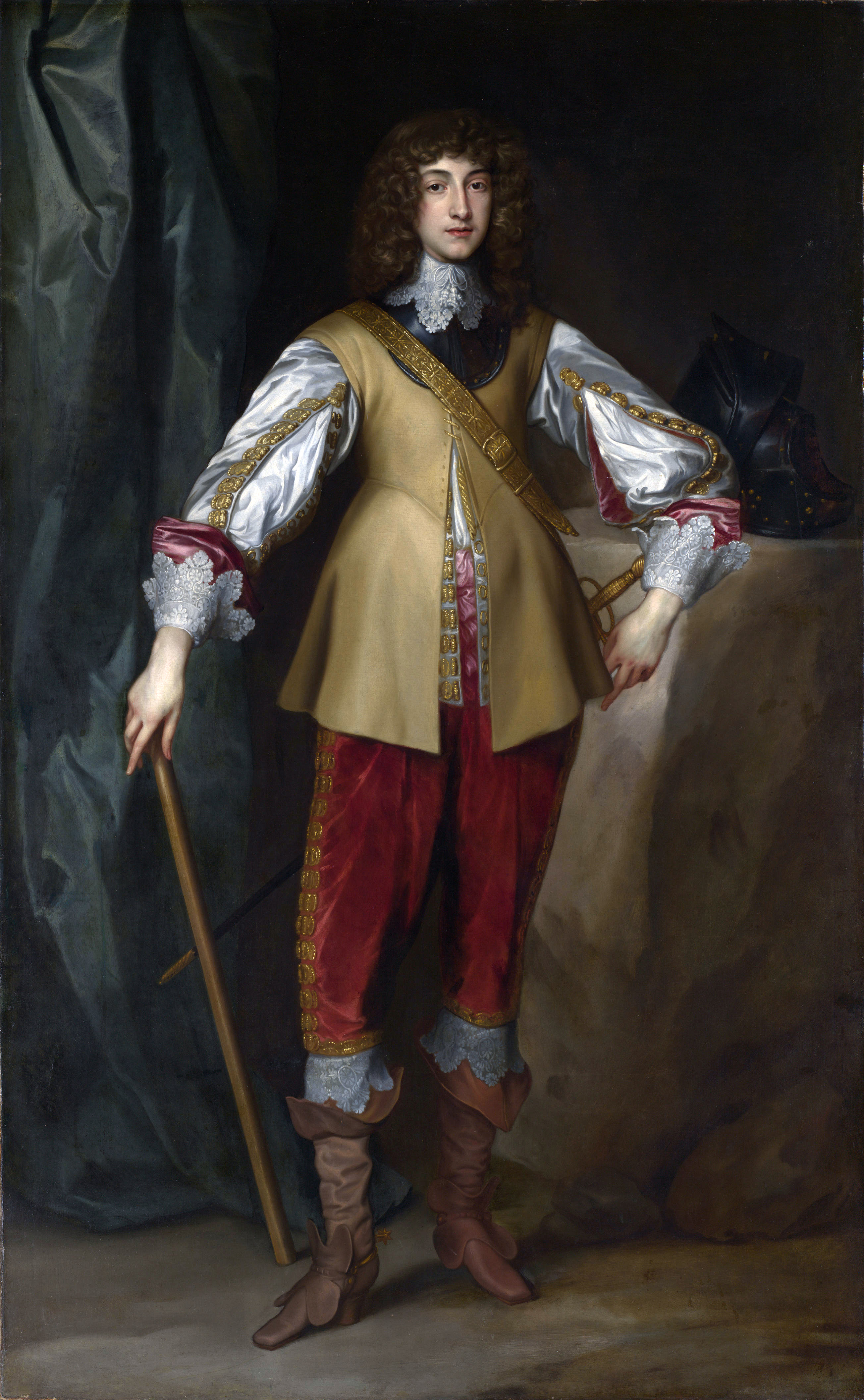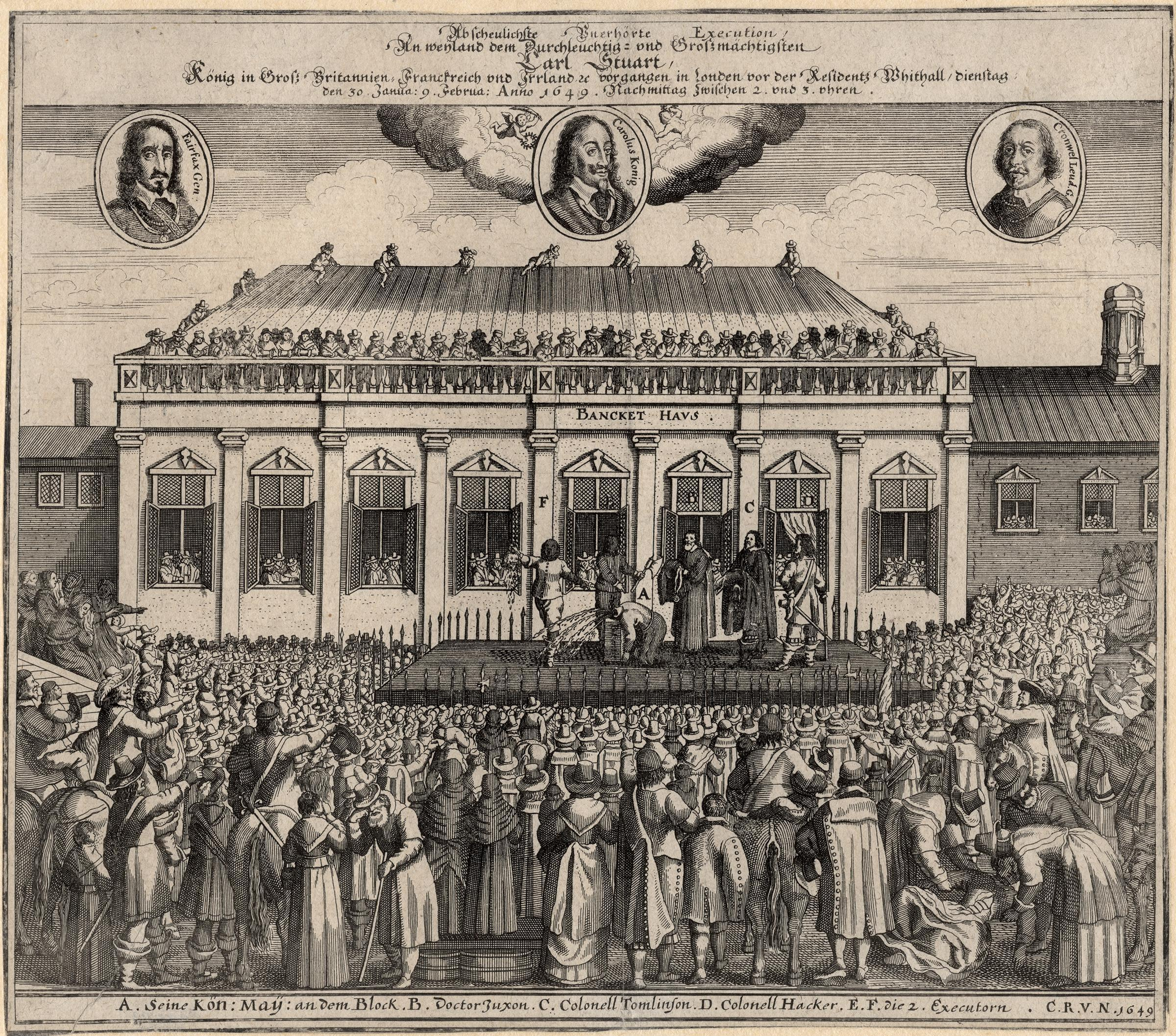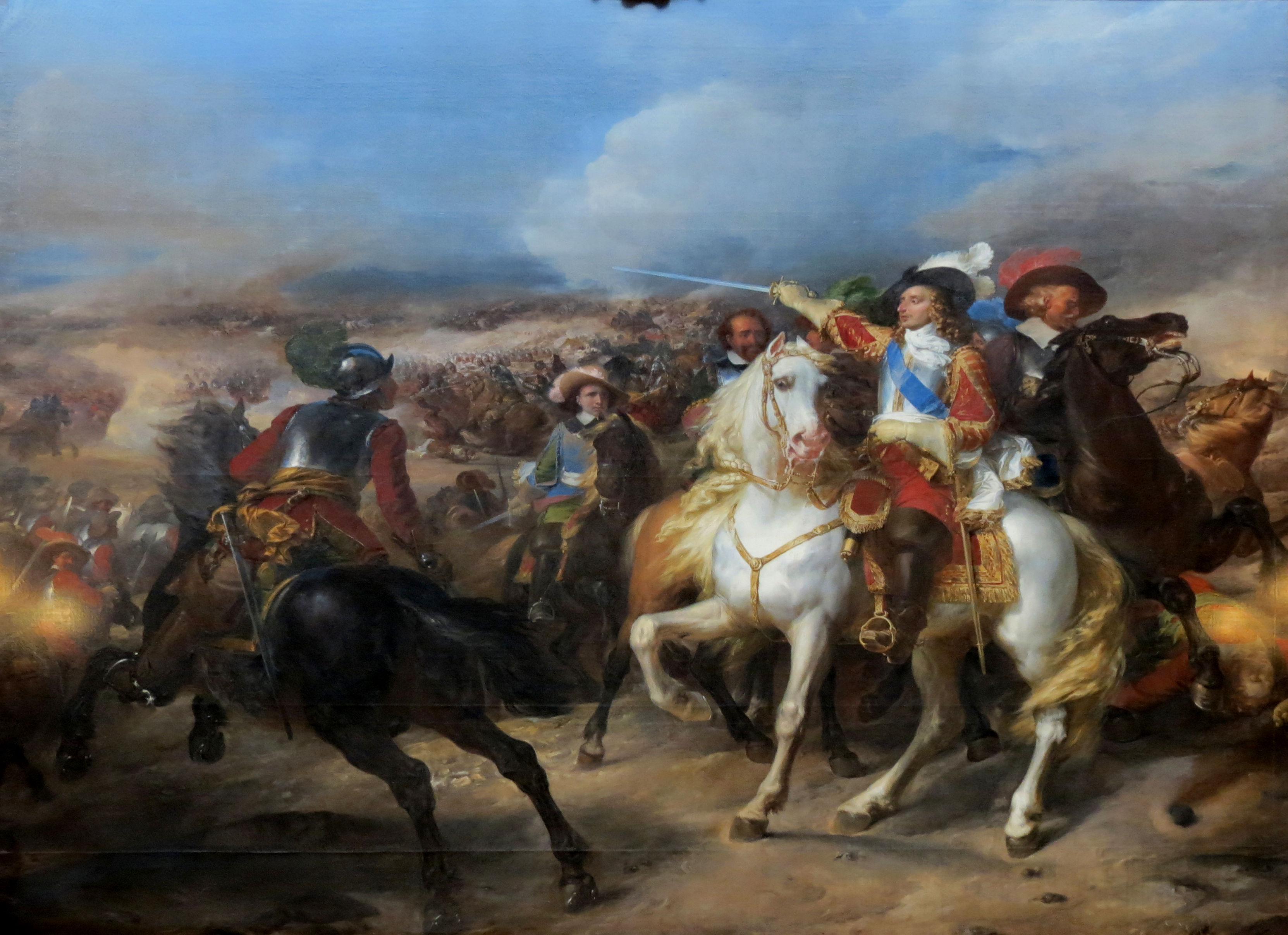|
17 January
Events Pre-1600 *38 BC – Octavian divorces his wife Scribonia and marries Livia Drusilla, ending the fragile peace between the Second Triumvirate and Sextus Pompey. *1362 – Saint Marcellus' flood kills at least 25,000 people on the shores of the North Sea. *1377 – Pope Gregory XI reaches Rome, after deciding to move the Papacy back to Rome from Avignon. *1524 – Giovanni da Verrazzano sets sail westward from Madeira to find a sea route to the Pacific Ocean. * 1562 – France grants religious toleration to the Huguenots in the Edict of Saint-Germain. *1595 – During the French Wars of Religion, Henry IV of France declares war on Spain. 1601–1900 *1608 – Emperor Susenyos I of Ethiopia surprises an Oromo army at Ebenat; his army reportedly kills 12,000 Oromo at the cost of 400 of his men. *1648 – England's Long Parliament passes the " Vote of No Addresses", breaking off negotiations with King Charles I and thereby setting the scene f ... [...More Info...] [...Related Items...] OR: [Wikipedia] [Google] [Baidu] |
38 BC
__NOTOC__ Year 38 BC was either a common year starting on Sunday or Monday or a leap year starting on Saturday, Sunday or Monday (link will display the full calendar) of the Julian calendar (the sources differ, see leap year error for further information) and a common year starting on Sunday of the Proleptic Julian calendar. At the time, it was known as the Year of the Consulship of Pulcher and Flaccus (or, less frequently, year 716 ''Ab urbe condita''). The denomination 38 BC for this year has been used since the early medieval period, when the Anno Domini calendar era A calendar era is the period of time elapsed since one '' epoch'' of a calendar and, if it exists, before the next one. For example, it is the year as per the Gregorian calendar, which numbers its years in the Western Christian era (the Copt ... became the prevalent method in Europe for naming years. It was also the first year (year 1) of the Spanish era calendar in use in Hispania until the 15th century. ... [...More Info...] [...Related Items...] OR: [Wikipedia] [Google] [Baidu] |
1595
Events January–June * January – Mehmed III succeeds Murad III, as sultan of the Ottoman Empire. * January 17 – During the French Wars of Religion, Henry IV of France declares war on Spain. * April 8 (March 29 O.S.) – Combined Taungoo–Lan Na armies break the rebel Thado Dhamma Yaza's siege of Taungoo, in modern-day Myanmar. * April 15 – Sir Walter Raleigh travels up the Orinoco River, in search of the fabled city of ''El Dorado''. * May 18 – The Treaty of Teusina brings to an end the Russo-Swedish War (1590–95). * May 24 – The ''Nomenclator'' of Leiden University Library appears, the first printed catalog of an institutional library. * May 29 – George Somers and Amyas Preston travel to aid Raleigh's El Dorado expedition but failing to meet him instead raid the Spanish Province of Venezuela * June 9 – Battle of Fontaine-Française: Henry IV of France defeats the Spanish, but is nearly killed due to his rashness. ... [...More Info...] [...Related Items...] OR: [Wikipedia] [Google] [Baidu] |
Cavaliers
The term Cavalier () was first used by Roundheads as a term of abuse for the wealthier royalist supporters of King Charles I and his son Charles II of England during the English Civil War, the Interregnum, and the Restoration (1642 – ). It was later adopted by the Royalists themselves. Although it referred originally to political and social attitudes and behaviour, of which clothing was a very small part, it has subsequently become strongly identified with the fashionable clothing of the court at the time. Prince Rupert, commander of much of Charles I's cavalry, is often considered to be an archetypal Cavalier. Etymology Cavalier derives from the same Latin root as the Italian word and the French word (as well as the Spanish word ), the Vulgar Latin word '' caballarius'', meaning 'horseman'. Shakespeare used the word ''cavaleros'' to describe an overbearing swashbuckler or swaggering gallant in Henry IV, Part 2 (c. 1596–1599), in which Robert Shallow says "I'll drink to ... [...More Info...] [...Related Items...] OR: [Wikipedia] [Google] [Baidu] |
Second Ormonde Peace
The Second Ormonde Peace was a peace treaty and alliance signed on 17 January 1649 between the Marquess of Ormonde, the leader of the Irish Royalists, and the Irish Confederates. It united a coalition of former Protestants and Catholics enemies from Ireland, Scotland and England - the three Kingdoms ruled by Charles I who was then held a prisoner by the Puritan London Parliament. His execution on 30 January drew together the signatories in allegiance to his young son Charles II. The agreement was widely accepted by Catholics across Ireland, many of whom believed their previous rising had been authorised by the old King. However it was opposed by Owen Roe O'Neill and much of his Ulster Army who instead formed a temporary alliance with the Anglo-Irish Parliamentary forces, relieving their besieged garrison at Derry. When this agreement expired O'Neill's forces then changed sides. In the wake of the vigorous Cromwellian conquest of Ireland the combined forces of the alliance wer ... [...More Info...] [...Related Items...] OR: [Wikipedia] [Google] [Baidu] |
1649
Events January–March * January 4 – In England, the Rump Parliament passes an ordinance to set up a High Court of Justice, to try Charles I for high treason. * January 17 – The Second Ormonde Peace concludes an alliance between the Irish Royalists and the Irish Confederates during the War of the Three Kingdoms. Later in the year the alliance is decisively defeated during the Cromwellian conquest of Ireland. * January 20 – Charles I of England goes on trial, for treason and other "high crimes". * January 27 – King Charles I of England, Scotland and Ireland is found guilty of high treason in a public session. He is beheaded three days later, outside the Banquet Hall in the Palace of Whitehall, London. * January 29 – Serfdom in Russia begins legally as the Sobornoye Ulozheniye (, "Code of Law") is signed by members of the Zemsky Sobor, the parliament of the estates of the realm in the Tsardom of Russia. Slaves and free peasants are ... [...More Info...] [...Related Items...] OR: [Wikipedia] [Google] [Baidu] |
English Civil War
The English Civil War (1642–1651) was a series of civil wars and political machinations between Parliamentarians ("Roundheads") and Royalists led by Charles I ("Cavaliers"), mainly over the manner of Kingdom of England, England's governance and issues of religious freedom. It was part of the wider Wars of the Three Kingdoms. The First English Civil War, first (1642–1646) and Second English Civil War, second (1648–1649) wars pitted the supporters of King Charles I of England, Charles I against the supporters of the Long Parliament, while the Third English Civil War, third (1649–1651) saw fighting between supporters of King Charles II of England, Charles II and supporters of the Rump Parliament. The wars also involved the Covenanters, Scottish Covenanters and Confederate Ireland, Irish Confederates. The war ended with Parliamentarian victory at the Battle of Worcester on 3 September 1651. Unlike other list of English civil wars, civil wars in England, which were mainly ... [...More Info...] [...Related Items...] OR: [Wikipedia] [Google] [Baidu] |
Charles I Of England
Charles I (19 November 1600 – 30 January 1649) was King of England, Scotland, and Ireland from 27 March 1625 until his execution in 1649. He was born into the House of Stuart as the second son of King James VI of Scotland, but after his father inherited the English throne in 1603, he moved to England, where he spent much of the rest of his life. He became heir apparent to the kingdoms of England, Scotland, and Ireland in 1612 upon the death of his elder brother, Henry Frederick, Prince of Wales. An unsuccessful and unpopular attempt to marry him to the Spanish Habsburg princess Maria Anna culminated in an eight-month visit to Spain in 1623 that demonstrated the futility of the marriage negotiation. Two years later, he married the Bourbon princess Henrietta Maria of France. After his 1625 succession, Charles quarrelled with the English Parliament, which sought to curb his royal prerogative. He believed in the divine right of kings, and was determined to govern acc ... [...More Info...] [...Related Items...] OR: [Wikipedia] [Google] [Baidu] |
Vote Of No Addresses
The Vote of No Addresses was a measure passed on 17 January 1648 by the English Long Parliament when it broke off negotiations with King Charles I. The vote was in response to the news that Charles I was entering into an engagement with the Scots. Cromwell in particular urged that no new negotiations be opened with Charles and the vote was carried by 141 to 91. This led to the support of the general council on 8 January and a hitherto reluctant House of Lords convening a committee to approve it on 13 January. By September 1648 the Second Civil War had been fought and the Royalists, the English Presbyterians, and their Scottish allies had been defeated by the New Model Army at Preston. The Army, now in the ascendancy, wished to resume negotiations with the king so Parliament repealed the measure in September 1648.David PlantVote of No Addresses Retrieved 14 September 2009< ... [...More Info...] [...Related Items...] OR: [Wikipedia] [Google] [Baidu] |
Long Parliament
The Long Parliament was an English Parliament which lasted from 1640 until 1660. It followed the fiasco of the Short Parliament, which had convened for only three weeks during the spring of 1640 after an 11-year parliamentary absence. In September 1640, King Charles I issued writs summoning a parliament to convene on 3 November 1640.This article uses the Julian calendar with the start of year adjusted to 1 January – for a more detailed explanation, see old style and new style dates: differences between the start of the year. He intended it to pass financial bills, a step made necessary by the costs of the Bishops' Wars in Scotland. The Long Parliament received its name from the fact that, by Act of Parliament, it stipulated it could be dissolved only with agreement of the members; and those members did not agree to its dissolution until 16 March 1660, after the English Civil War and near the close of the Interregnum.. The parliament sat from 1640 until 1648, when it was pu ... [...More Info...] [...Related Items...] OR: [Wikipedia] [Google] [Baidu] |
1648
1648 has been suggested as possibly the last year in which the overall human population declined, coming towards the end of a broader period of global instability which included the collapse of the Ming dynasty and the Thirty Years' War, the latter of which ended in 1648 with the Peace of Westphalia. Events January–March * January 15 – Manchu invaders of China's Fujian province capture Spanish Dominican priest Francisco Fernández de Capillas, torture him and then behead him. Capillas will be canonized more than 350 years later in 2000 in the Roman Catholic Church as one of the Martyr Saints of China. * January 15 – Alexis, Tsar of Russia, marries Maria Miloslavskaya, who later gives birth to two future tsars (Feodor III and Ivan V) as well as Princess Sophia Alekseyevna, the regent for Peter I. * January 17 – By a vote of 141 to 91, England's Long Parliament passes the Vote of No Addresses, breaking off negotiations with King Charle ... [...More Info...] [...Related Items...] OR: [Wikipedia] [Google] [Baidu] |
Oromo People
The Oromo (pron. Oromo: ''Oromoo'') are a Cushitic ethnic group native to the Oromia region of Ethiopia and parts of Northern Kenya, who speak the Oromo language (also called ''Afaan Oromoo'' or ''Oromiffa''), which is part of the Cushitic branch of the Afroasiatic language family. They are the largest ethnic group in Ethiopia and represent a large portion of Ethiopia's population. The Oromo people traditionally used the '' gadaa'' system as the primary form of governance.Harold G. MarcuA History of Ethiopia University of California Press (1994) pp. 55 Google Books A leader is elected by the ''gadaa'' system and their term lasts eight years, with an election taking place at the end of those eight years. Although most modern Oromos are Muslims and Christians, about 3% practice Waaqeffanna, the native ancient monotheistic religion of Oromos. Origins and nomenclature The Oromo people are one of the oldest cushitic peoples inhabiting the Horn of Africa, as there is still no ... [...More Info...] [...Related Items...] OR: [Wikipedia] [Google] [Baidu] |
Susenyos I
Susenyos I ( gez, ሱስንዮስ ; circa 1571-1575 – 17 September 1632), also known as Susenyos the Catholic, was Emperor of Ethiopia from 1606 to 1632, and a member of the Solomonic dynasty. His throne names were Seltan Sagad and Malak Sagad III. He was the son of ''Abeto'' Fasil, as well as the grandson of ''Abeto'' Yakob and the great-grandson of Dawit II. As a result, while some authorities list Susenyos as a member of the Solomonic dynasty, others consider him—rather than his son, Fasilides—as the founder of the Gondar line of the dynasty (which is, however, ultimately a subset of the Solomonic dynasty). The life of Susenyos is known through his chronicle, written by several official writers (''sehafe te’ezaz''). The Jesuits, who were closely associated with Susenyos’s reign, also left numerous documents on their mission in Ethiopia. Manuel de Almeida, a Portuguese Jesuit who lived in Ethiopia during Susenyos' reign, described the emperor as tall with the f ... [...More Info...] [...Related Items...] OR: [Wikipedia] [Google] [Baidu] |









